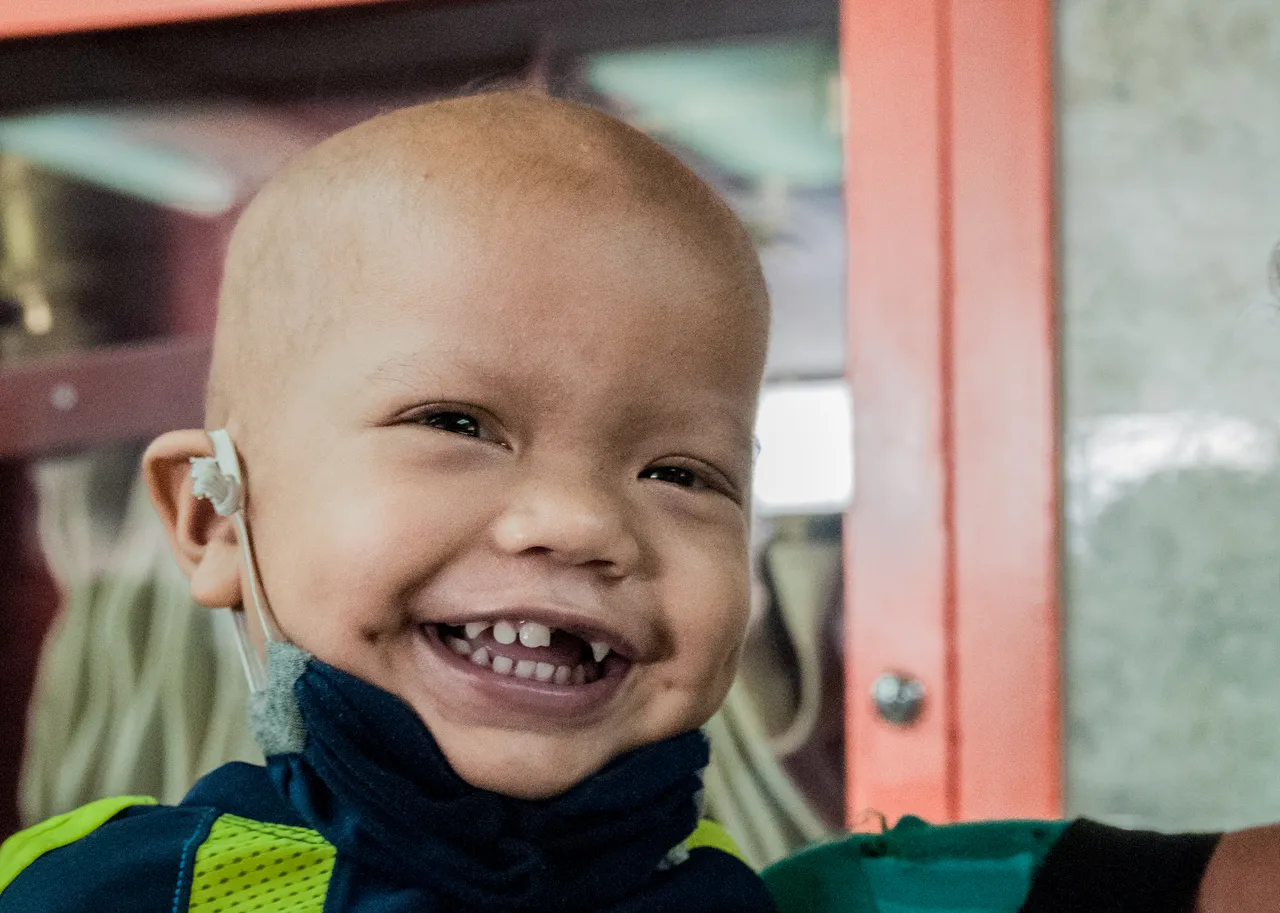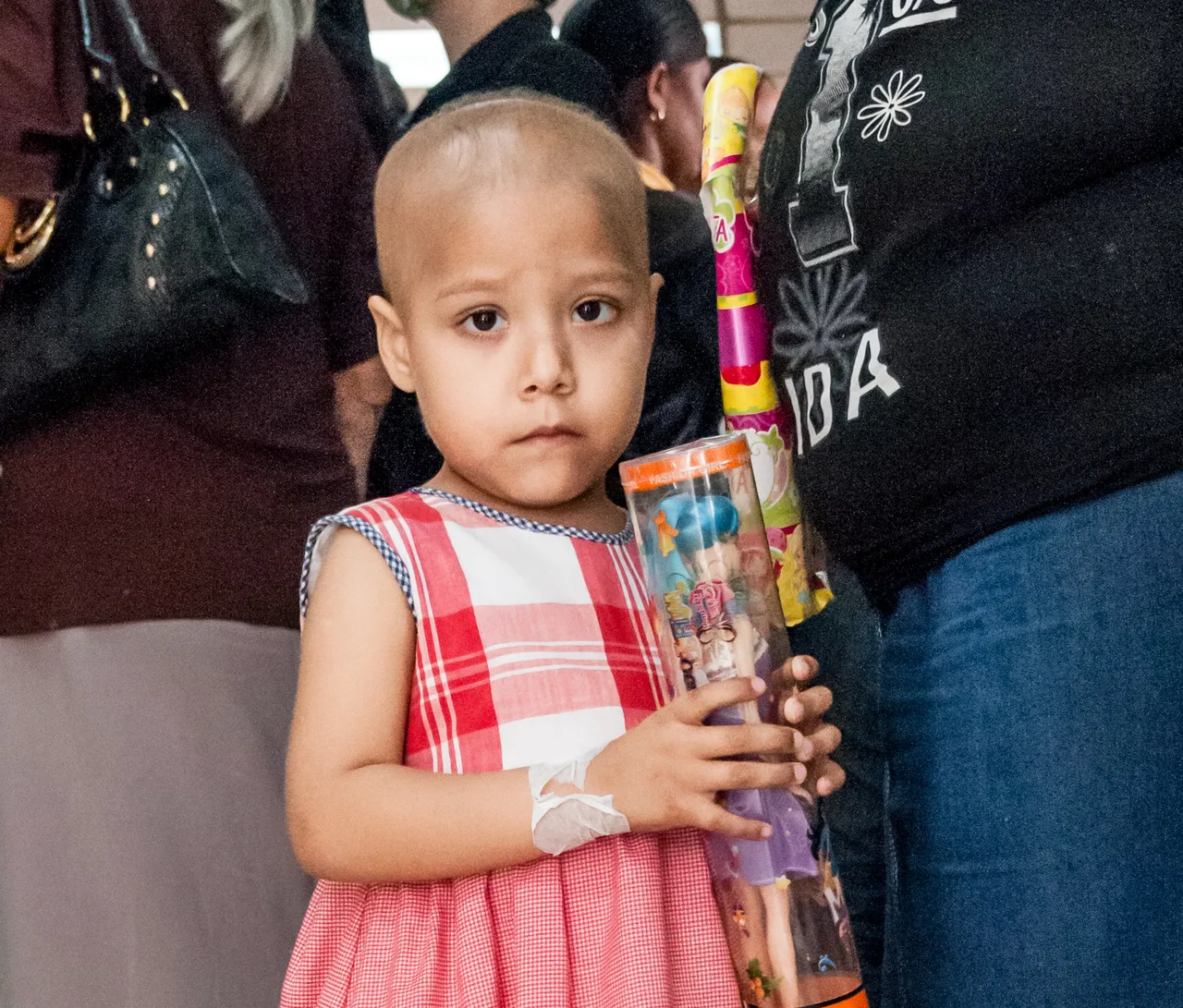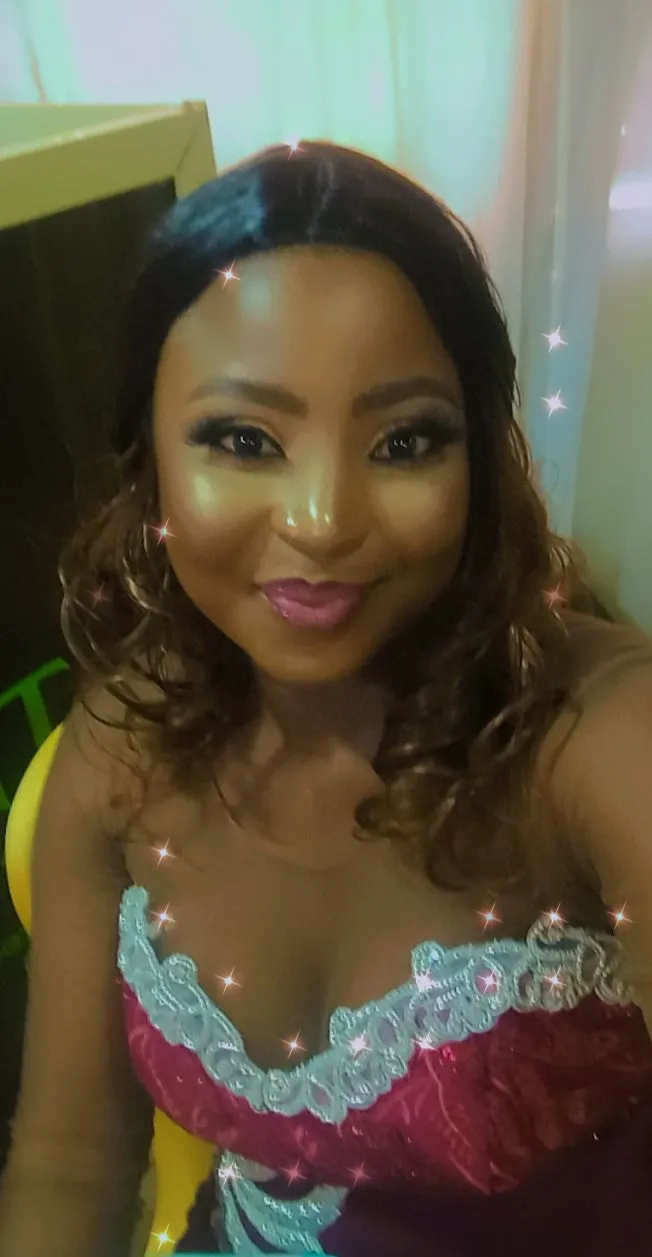It is usually not a piece of pleasant news to hear about an adult having cancer, we begin to imagine the type of pain, and stress they would go through as we pray for a speedy recovery for them, now imagine children in such a condition, terrible right?
Cancer affects children as well as adults, it is a leading cause of death in children and adolescents. Children can survive cancer when they are affected by it, but the survival chances are dependent on the country of residence, studies have shown that children who live in high-income countries survive greatly compared to those who live within a struggling population.

Image source
The reason is often that when a case like this comes up within a struggling population, there would be a delay in diagnosis, and oftentimes, the inability to even get a correct diagnosis, incomplete treatment, unavailability of modern technologies, and other factors.
Childhood cancer is also called pediatric cancer, it is a name to generally describe the group of cancers that affects children from the age of zero to fourteen, and teenagers from the age of fifteen to nineteen. It's not common to find children who have cancer, but when it happens, it is often a serious one.
Childhood cancers, can be categorized into groups; Leukemias and Lymphomas, Brain tumors and Solid tumors.

Image source
LEUKEMIAS: This is the most common form of childhood cancer that exists, there are two major types of leukemia in children and teenagers.
Acute lymphoblastic leukemia which is the cancer in the blood and bone marrow of the child, affects the blood cells that should normally help fight infection in the child.
Acute myeloid leukemia consists of different types, but they all affect the child's blood cells and platelets.
LYMPHOMAS are cancers found in the lymphatic system of a child. There are two classes of lymphoma, we have Hodgkin Lymphoma and non- Hodgkin Lymphoma. Hodgkin Lymphoma is the most common cause of cancer diagnosed in teenagers, but it can also affect younger children as well.
- Nodular sclerosis Hodgkin Lymphoma affects teenagers while
- Mixed cellularity Hodgkin Lymphoma may affect children below the age of ten.
We also have Non- Hodgkin Lymphoma which is more common among teenagers than children, It affects children in the form of;
- Burkitt Lymphoma
- Lymphoblastic Lymphoma.
- Diffuse large B- Lymphoma
- Anaplastic large cell lymphoma.
Brain Tumors are the most common cancer type that affects children and teenagers alike. It can either be benign (non-cancerous) or malignant (cancerous). There are different types of brain tumors.
Solid tumors develop when cancerous cells divide, multiply, and then brunch up into masses that are made of cancerous cells. These solid tumors can grow all through the body of affected children and teenagers. Solid tumors can also come in other forms;
- Wilma tumor.
- Neuroblastoma.
- Retinoblastoma.
- Rhabdomyosarcoma.
- Bone cancer.

Image source
A child who has cancer may show symptoms of usual everyday childhood illness. In most cases experiencing, headaches, stomach pain, bruises, and bumps.
Any symptoms that begin that last longer than usual or get more serious should immediately be reported to a medical expert.
There is an acronym that the Childhood Oncology Group has coined to explain the symptoms of childhood cancer.
C stands for Continuous, unexplained weight loss.
H stands for headaches usually accompanied by early morning vomiting.
I stand for increased swelling or persistent pain in the bone, joints, backs or legs of the child
L stands for lump or mass, especially in the stomach, chest, neck, pelvis or armpits of the child
D stands for excessive bruising, rash or bleeding.
C stands for constant, frequent, or persistent infections.
A stands for A whitish color behind the pupil of the child's eye.
N stands for nausea that persists, or vomiting without feeling nauseous.
C stands for consistent tiredness or noticeable paleness.
E stands for eye or vision changes that suddenly happen or stay persistent.
R stands for recurring fever or a persistent one without a known origin.

Image source
This acronym describes all the symptoms of children's cancer. Medical experts and researchers do not know the exact cause of cancer in children, but there have been developed theories that would help improve the health of the affected child.
All cancer happens when there is a gene mutation and there is the creation of abnormal cells. When adults are affected, the mutation happens as a part of the aging process or exposure to carcinogens, or UV light, but this is not the case with children and teenagers as established earlier.
According to the U.S National Cancer Institution, there is an estimate that 6-8% of children and teenagers who have cancer have inherited genetic disorders that increase their risk of having cancer. Childhood cancer is believed to also possibly happen during fetal development or during early infancy, when cells that are fast-dividing make mistakes, it causes changes in DNA and genetic mutation that results in cancer.
Although not every child with inherited disorders would have cancer, some genetic mutations drive some inherited disorders therefore increasing the risk of cancer. The presence of these disorders makes the affected children have an early stage of cancer screening that would help detect cancer signs on time. Inherited disorders that increase the likelihood of childhood cancer are; Familial Adenomatous Polyposis (FAP), Li-Fraumeni Syndrome, Noonan Syndrome, and Von Hippel-Landau Disease.
Cancer treatment in children differs significantly from that of adult treatments, experts who specialize in the diagnosis and treatment of cancer in children are called, Pediatric oncologists. A treatment plan would be developed based on the condition of the child including age, type of cancer, if the cancer was found early, treatments and also side effects.
Commonly, cancer childhood treatment would be in the form of; radiation therapy, chemotherapy, stem cell transplantations, immunotherapy, and surgery.
Childhood cancer is neither the fault of parents nor caregivers since healthcare providers do not know the exact cause, this means there is nothing you can do within your power to keep your child from getting cancer, but in the case of inherited disorders, early cancer screening is advised to help detect early cancer.
Cancer is not a death sentence, thankfully we now have improved technologies that are helping children and even adults with cancer have a prolonged life. The best way to help your child is to make them understand how the development will affect their physical and emotional health. If you notice that the child affected with cancer is struggling with coping or socializing with peers, then get them engaged with programs and services for children with cancer.
For Further Studies
https://my.clevelandclinic.org/health/diseases/24960-childhood-cancer
https://www.who.int/news-room/fact-sheets/detail/cancer-in-children
https://pmc.ncbi.nlm.nih.gov/articles/PMC2149659/
https://www.roswellpark.org/cancertalk/202108/top-5-pediatric-cancers-warning-signs
https://www.cancer.gov/types/childhood-cancers/child-adolescent-cancers-fact-sheet
https://pmc.ncbi.nlm.nih.gov/articles/PMC2149659/

Hi, I am Tobi, a writer, speaker, relationship blogger, and lover of good music. I love making friends and learning from people. If you want to hear me speak about relationships and general life issues, you can find my YouTube channel where you can watch any episode for free, please do not forget to subscribe, friends. I sincerely appreciate every love I get from here, Kindly do well to keep them coming.